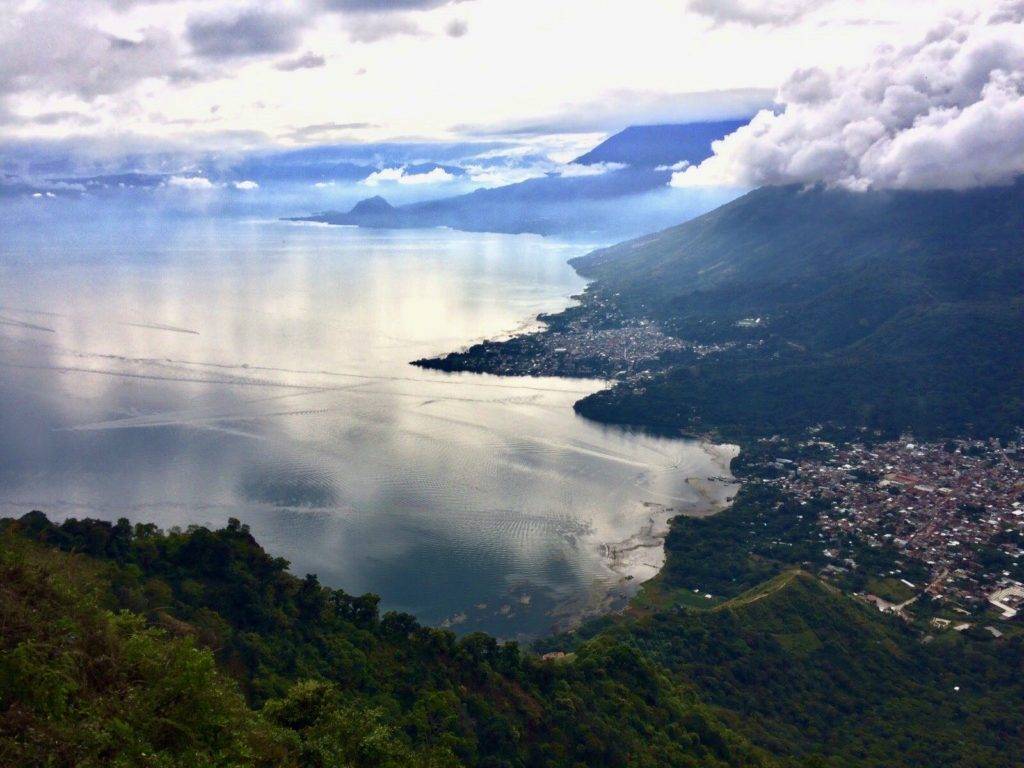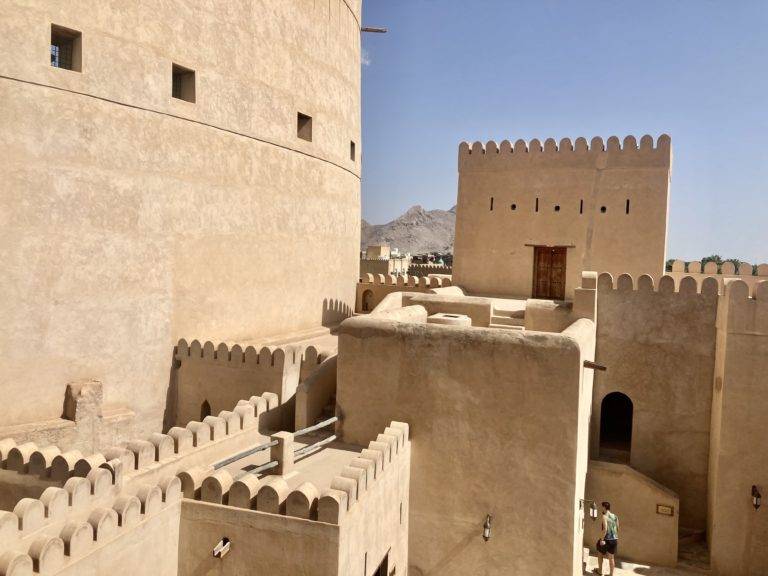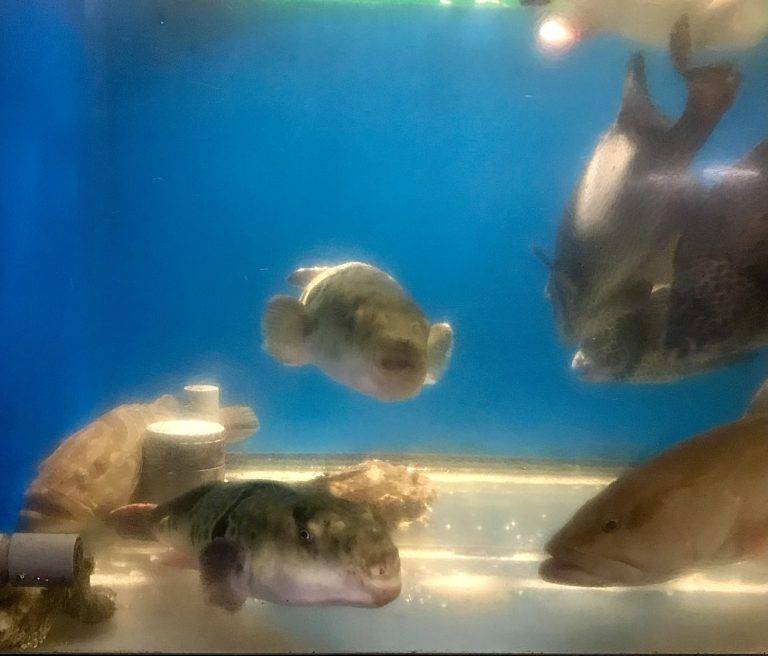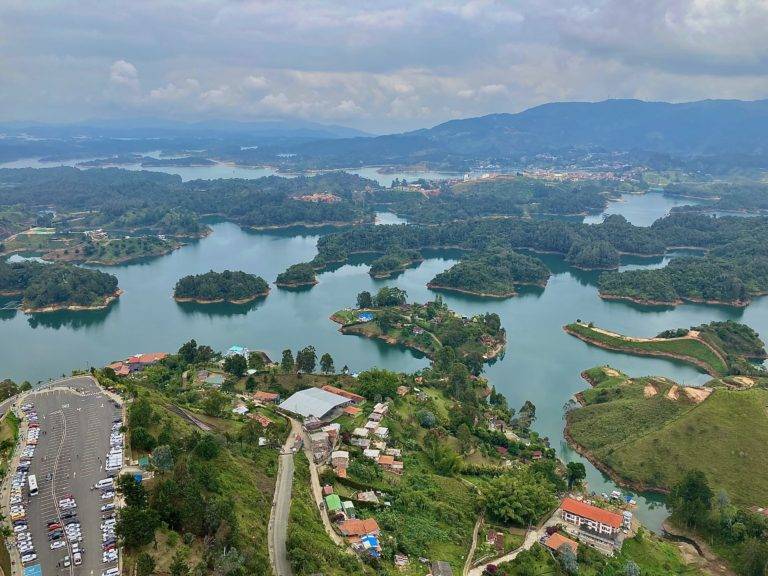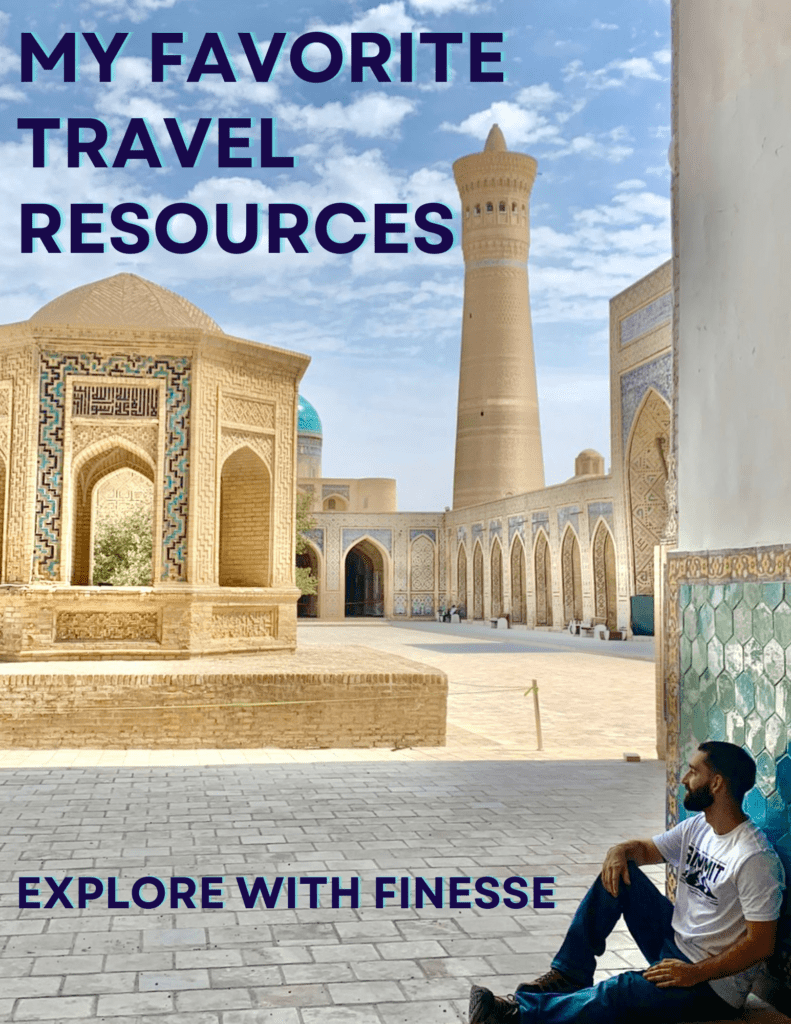Get Exclusive Access to My Top 10 International Travel Tips - Subscribe Now!
Many people do not know how much Nahuatl has influenced our modern world. This indigenous language from central Mexico was the language of the Aztecs, and is still spoken around Mexico today. In fact, Nahuatl has had such a profound impact on Mexico in particular, that several Mexican states have names that originated from Nahuatl. Read on to learn more!
Table of Contents

What Nahuatl Words Are Spoken Today?
There are several words that are commonly used today that originated from Nahuatl. Many words describe food, plants, and animals. Here are some examples below:
Avocado comes from the Spanish aguacate, which came from the Nahuatl ahuacatl.
Coyote comes from the Nahuatl coyotl. Nahuatl words that end in -tl were often changed to -te to make it easier for Spanish speakers to pronounce.
Chocolate comes from the Nahuatl xococatl. Interestingly, this means “bitter water” in Nahuatl. The Aztecs used to mix ground cacao beans, which are used to make chocolate today, with water, resulting in a bitter drink. So while today we think of chocolate as sweet, the original chocolate was much more bitter!
Mexican States with Nahuatl Names
Out of Mexico’s 32 states, 12 of them have names of Nahuatl origins! They are listed below, along with their meanings.
1. Chiapas
Place where the chia grows
While Nahuatl speakers generally do not live in Chiapas, the origin of Chiapas comes from Nahuatl. There are two main theories of the origin of the name. Chiapas could come from chia (chia, a staple crop in southern Mexico) and -pan (place of), meaning “place where the chia grows”.
Another theory claims that several indigenous people threw themselves over the tall cliffs of the Cañón del Sumidero, rather than submit to Spanish rule. The area is called Tepechiapan, which consists of tepetl (hill), chi (below), atl (water), and -pan (place). The meaning would be “the water below the hill”, and the name Chiapas would come from that.
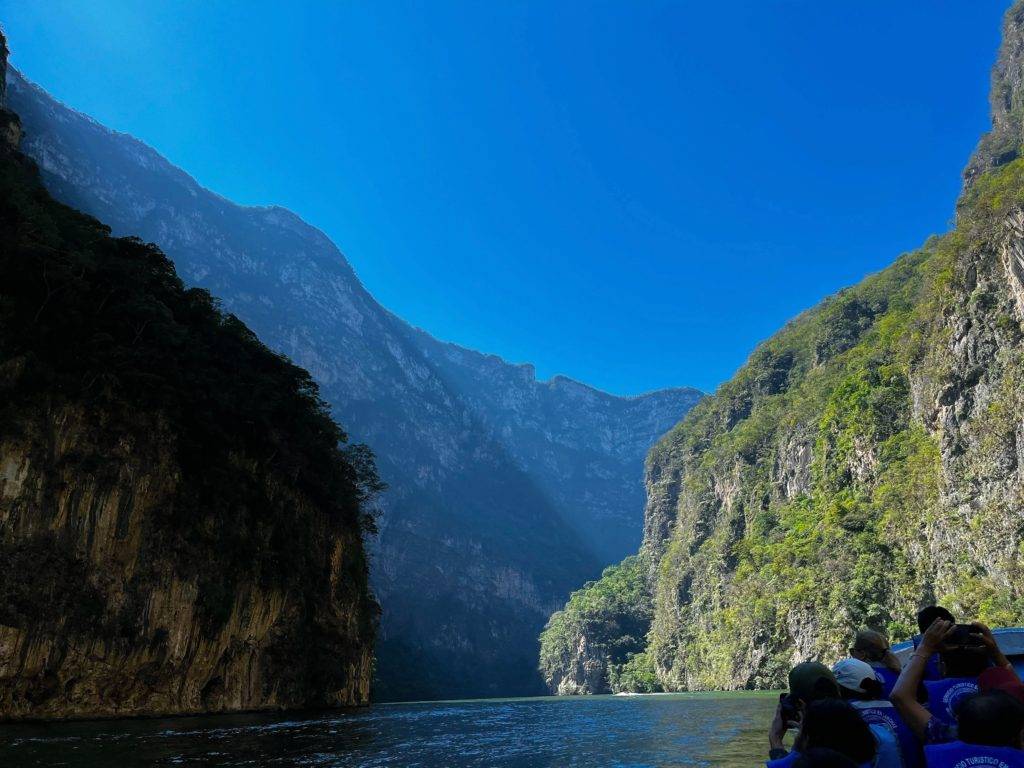
2. Chihuahua
Place where the Chia sage grows
There are a couple of possibilities for the origin of Chihuahua. One theory claims that the name means “dry and sandy place”. The original name was likely Xihuahua. It consists of xalli (sand) and huahua (dry).
Another theory is that the area could have been named after the dogs which are called chihuahuas. The origin of their name comes from chichi (dog) and huahua (sound of dog barking). Therefore, Chihuahua could have been named after the chihuahuas that were found there.
3. Coahuila
Place of many eagles
There are a few different opinions about the origin of Coahuila. I think the most likely origin consists of cuauhtli (eagles) and -tlan (place of). The original name may have been Cuauhtlitlan, which would mean “the place of many eagles”. However, nobody is certain about its origin.
4. Colima
Place in the hand of the ancestors
This one is a little tough to decipher. Colima may come from colli (grandfather, or ancestor) and maitl (hand). The original name may have been Colliman, which would mean “the place in the hands of the ancestors”. However, the origins of this name are still disputed.
5. Jalisco
Place with a sandy surface
Jalisco comes from Xalisco, which is made up of xalli (sand), ixtli (surface), and -co (place). Its literal translation means “the place with a sandy surface”.
The “X” in Nahuatl represents the “sh” sound, which is something the Spanish could not pronounce. Like many words that came from Nahuatl, the spelling was changed to a “j” to represent the Spanish pronunciation of the word. Names such as “Mexico” and “Oaxaca” kept their original spelling, despite being pronounced as a “j”, as a way to maintain their heritage.
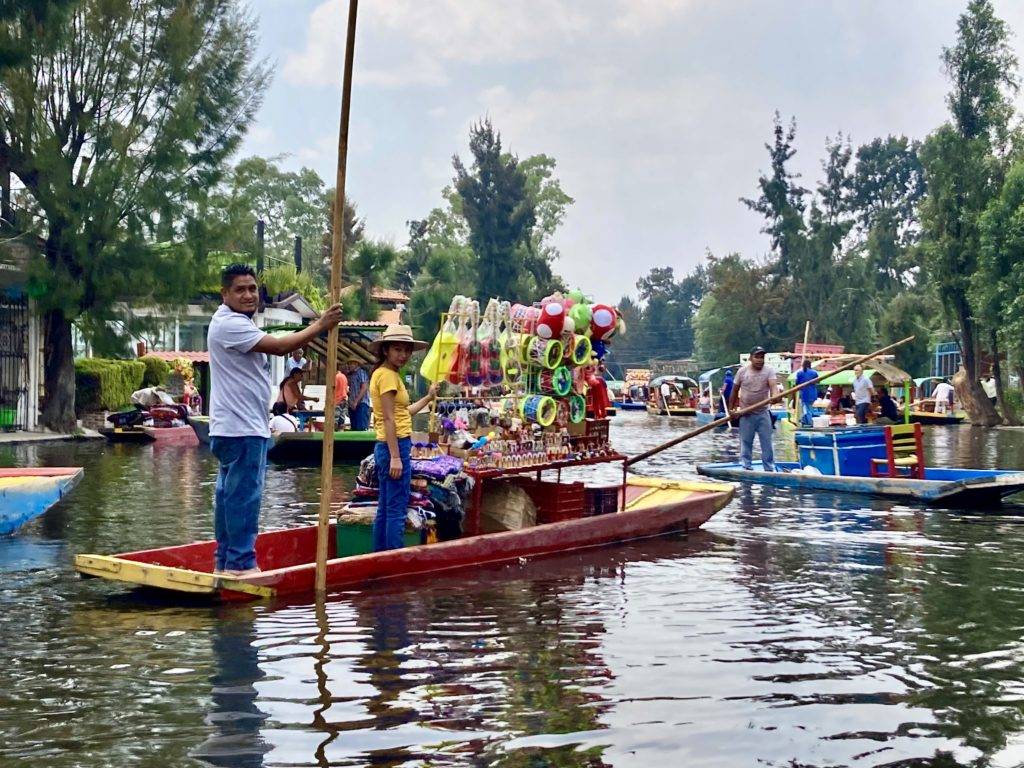
6. Mexico
The center of the moon
This is one of the most interesting origins. The name Mexico comes from metztli (moon), xictli (belly, or center), and -co (place). So Mexico literally means “the place at the center of the moon”. Contrary to popular opinion, the Mexica (another name for Aztecs) were named after Mexico, and not the other way around.
The Aztecs decided on the name Mexico because the full moon was reflected in Lake Texcoco, where the Aztecs decided to build their empire. You can read more about how Mexico got its name here.
7. Michoacán
Place of the fishermen
The term Michoacán was originally Micchuacan. This is made up of michin (fish), hua (has), and -can (place of). Literally, this means “the place of those who possess fish”, but actually means “the place of the fishermen”. This refers to the Purépecha Empire in western Mexico, where numerous rivers and lakes exist. This name was given by the Aztecs, who were the enemies of the Purépecha.
8. Oaxaca
The place at the tip of the guaje
Oaxaca is not the name given to the area by the indigenous Zapotecs. It was named Huaxyacac by the Aztecs who colonized the area. This is made up of huaxin (guaje, an edible plant pod from a tree native to southern Mexico), yacatl (nose, referring to tip in this word), and -c (place). So the Aztecs called this “the place at the tip of the guaje”.
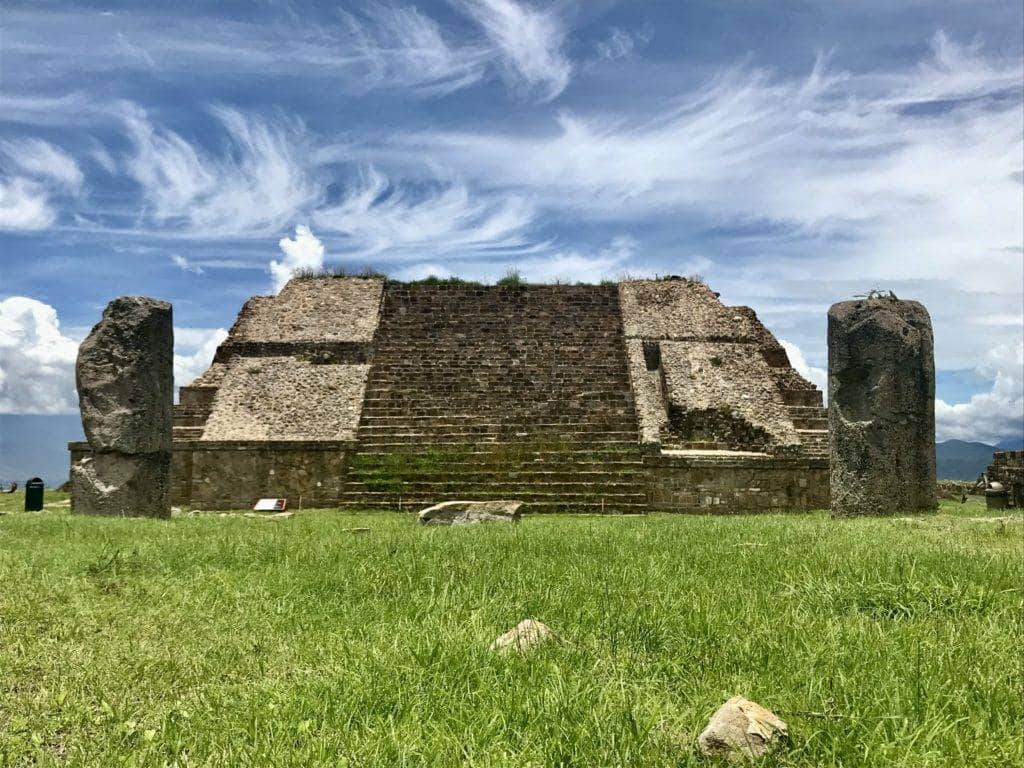
9. Tabasco
Place where the land is wet
There are a few theories about the origin of the word Tabasco. Some believe that it comes from Tlapalco, which is made up of tlalli (land), paltic (wet or humid), and -co (place). In this case, Tabasco would mean the place where the land is wet.
However, some people claim that the name originates from Tlahuaxco. The story goes that the Spanish told the indigenous people that this land belongs to Spain, but the people replied “Tlahuaxco”, meaning “This land already has an owner.” This is made up of tlatoani (owner), hua (to have), and -co (place).
10. Tlaxcala
Land of tortillas
Tlaxcala comes from the word Tlaxcallan, which is made up of tlaxcalli (tortillas) and -lan (place). This refers to corn tortillas, which have been a staple in Mexico for thousands of years.
Fun fact: modern corn was created by ancient Mexican civilizations through selective breeding and cultivation. They took a wild grass, Teosinte, harvested seeds from the plants with the most desirable traits, and crossbred them with other plants. Over thousands of years, they turned this grass into one of the most important crops in the modern world!
11. Zacatecas
People from where the grass grows
Zacatecas come from zacatl (grass) and -co (place). The -te in the middle of the name refers to people. Prior to the Spanish conquest, the people from this region were referred to as zacatecas, or people from where the grass grows.
Guatemala's Nahuatl Origin
Land of many trees
Interestingly enough, the origin of Guatemala is also Nahuatl! Guatemala was originally Cuauhtemallan, which consists of cuauhtla (forest, literally “many trees”) and temallan (place or land). When the Nahuatl-speaking guides joined the Spanish conquistadors to Guatemala in the 1500s, they called it the “land of many trees”.
Interested in Learning Nahuatl?
Explore with Finesse is now offering personalized Nahuatl translations. These authentic translations come from a native Nahuatl speaker from Guerrero, Mexico. This is a great opportunity to reconnect with your roots and honor your heritage!
Subscribe for more updates on Nahuatl-learning resources!


